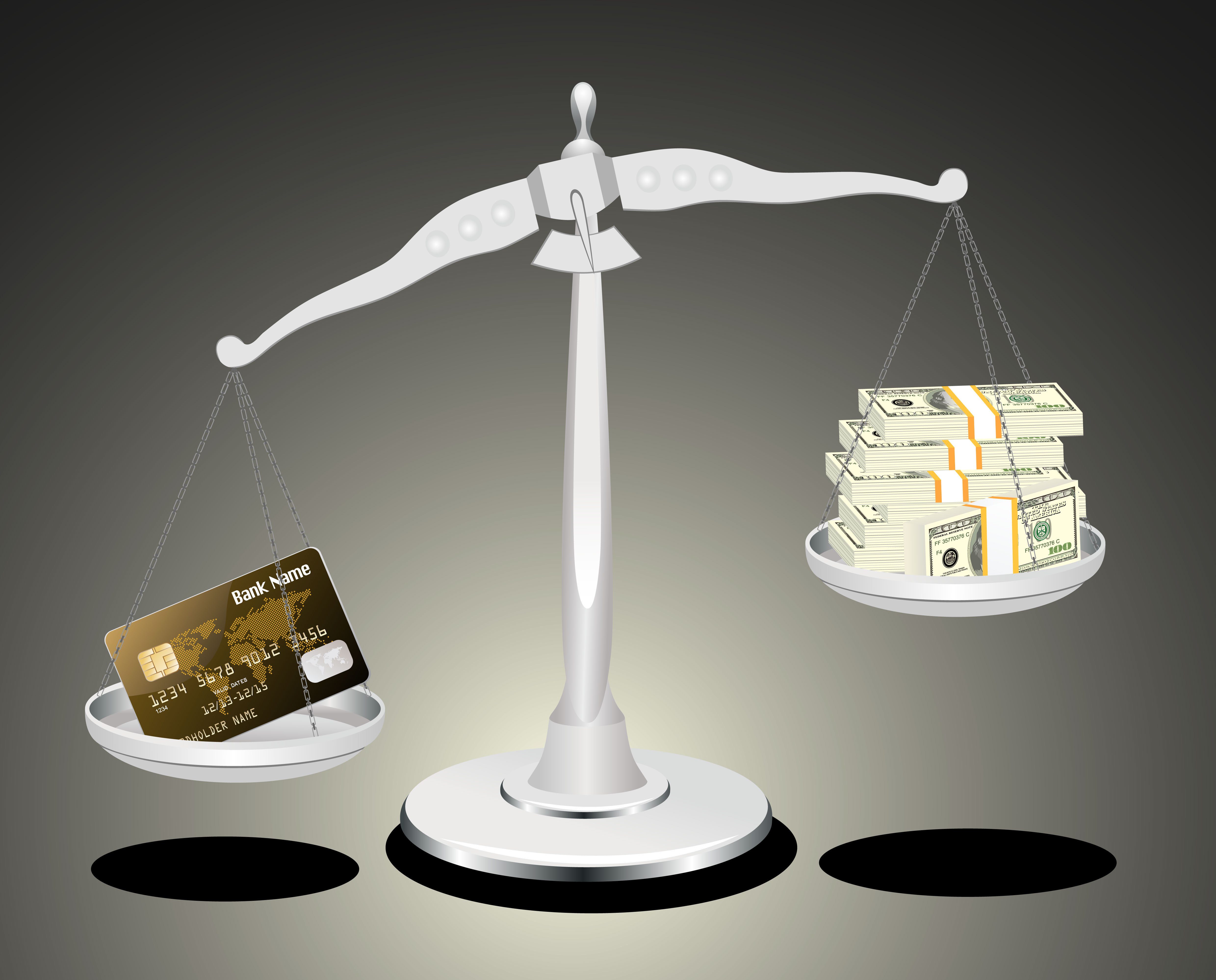A wide-ranging article in the Financial Times describes how the payments process can determine the business model for products and services using Uber and the gig economy as an example. The article highlights the importance of cash flows and shows how what seems subtle can make a huge difference.
In the Uber model (and many other gig economy platform models) the platform agencies are the ones who collect the cash first and then distribute it back (less fees) to drivers on a weekly basis.
While many might deem this an innocuous difference, it isn’t really. The platforms gain a significant cash-flow advantage over the drivers as a consequence. The arrangement also entirely flips the power and credit risk distributions on their head. It is not the drivers, under the model, who are purchasing services from third-party dispatch platforms, it is by all logical means the platforms who are purchasing services from drivers.
The article shows how payments providers can influence business models and design products that fit well for particular kinds of companies. While the topic can seem esoteric, the issues it raises can help identify potential clients and potential product designs for tapping into new markets.
Overview by Ben Jackson, Director, Prepaid Advisory Service at Mercator Advisory Group
Read the full story here











